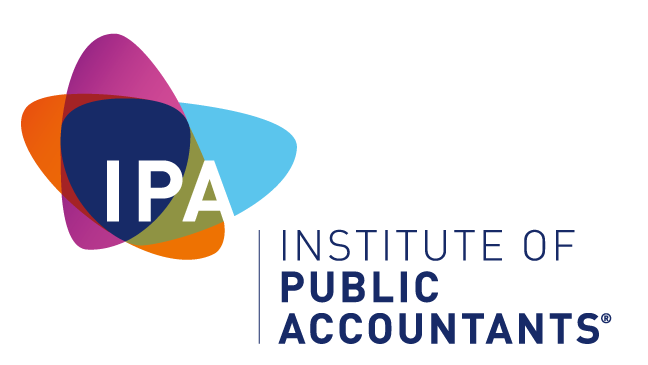It’s an inevitability in every business – you have to raise your prices to continue making a profit. There are many factors that go into deciding how much to charge, all of which are dynamic. The rising cost of goods, inflation, and a changing market are just a few reasons why any small business has to reevaluate its rates regularly to stay competitive (and to stay in business).
While it may seem like you just set your prices or recently adjusted them, this should be reviewed at least every year but preferably each quarter as a lot can happen in a few short months. Read on for some signs your business is ready to charge more.
1. You have a loyal customer base
Once you’ve been in business for a while, it’s likely that you’ve built up a loyal base. People will return to you when they know they will get a quality product or service. They’re also more likely to return when they get to know you personally.
If your business has a lot of customers who bargain shop because you offer rock-bottom prices, choosing to raise your rates likely won’t go well. Wait until you’ve established a base of loyal customers who will be happily willing to pay more knowing they’ll get fantastic, personal service from you.
People buy from those they know, like, and trust, so once they get to know, like, and trust you, they’re likely to keep coming back. Build relationships to foster that customer base.
2. It’s been a while since you raised your rates
The rate of inflation is reason enough to raise your prices, otherwise you’re operating at a loss. Keep track of the rate of inflation each year and adjust accordingly. People generally understand raising prices in times of high inflation–even if they don’t like it–since every business on earth must either keep up, or accept the loss to their bottom line. It’s just good business sense.
For decades, the average rate of inflation has hovered somewhere around the 3% mark, with some years worse than others. If you’ve paid attention to the news lately, you’ll know that things are a little different in 2022. Take into account what’s going on in the bigger picture, and then adjust your rates accordingly to avoid absorbing the hit.
3. You’ve added value
This doesn’t necessarily mean that you’re offering more literal services for the same price. Value can also come in the form of increased experience or new skills. When you and your staff have added value to what they’re able to offer, that can and should be passed along to your customer base. People are almost always willing to pay more for a superior product or service.
4. Your competitors are charging more than you
Be sure to take a look around to see what your direct competitors are charging. As your business evolves and becomes better with time, check to make sure that you’re comparing yourself against other businesses of the same class.
If you don’t keep up with regular rate increases, you may be surprised to find that competitors you initially considered to be equal to you have raised their rates significantly. You will then find yourself in a position where you have to raise your rates significantly in one go just to keep up. Keep on track by regularly checking what they’re doing.
5. Your close rate is over 80%
Some people like hard and fast numbers, so this is a good rule of thumb. You want to aim for your close rate to be between 75-80%. If it’s lower than that, you likely have an issue with perceived value. If it’s higher than that, you’re probably overworked and also attracting mostly bargain hunters – not a true loyal customer base.
If everyone is saying yes to your prices, you probably aren’t charging enough.
Final Thoughts
There is a lot to consider when raising your rates, and you don’t want to do too much too fast. Make a point to reevaluate your rates every six months, and you’ll find that you can keep your customer base while also keeping up with the increased cost of doing business.









